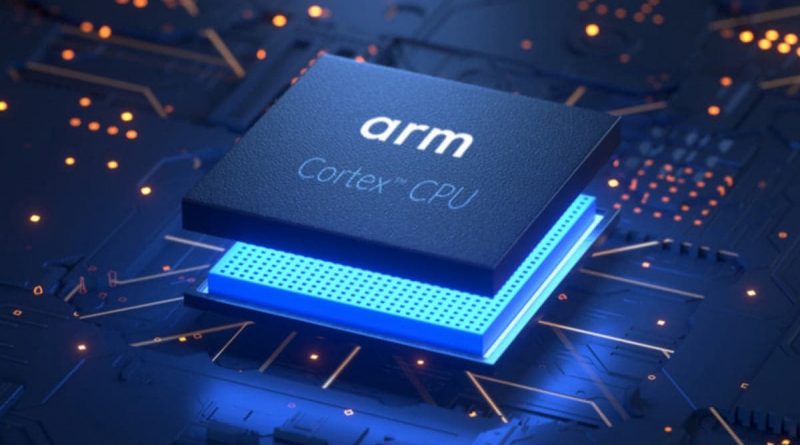ARM intends to increase the cost of issuing licenses for its chip architectures

ARM is not satisfied with its millions of dollars income compared to electronic product manufacturers’ billions of dollars and is seeking to improve this situation.
What will the future hold for ARM? Softbank, as the owner of ARM, recently faced financial difficulties that forced the company to pursue new options for greater revenue. Softbank initially decided to sell its chip architecture design company, and Nvidia has also expressed interest in buying it. However, the ARM sale plan was rejected by regulatory agencies and the company is now seeking to go public with an IPO on the New York Stock Exchange. Although ARM architectures are used in millions of electronic devices, including computers and smartphones, the company’s revenue is only $500 million per quarter.
A recent report from the Financial Times on ARM’s revenue generation is very interesting. The company plans to significantly increase the cost of issuing licenses to use its chip architectures by presenting a new plan. According to ArsTechnica, the company intends to receive this cost not from chip manufacturers, but from product manufacturers, especially smartphone makers.
Let’s assume that Motorola produces a new smartphone with a Snapdragon-based chip architecture. In this situation, according to its agreement with ARM, Qualcomm can use its architectures in the production of the Snapdragon chip, and Motorola does not need to pay the long-term use of ARM architectures. Now, ARM has decided to charge Motorola for the use of its chip architectures instead of Qualcomm, and has asked Qualcomm not to sell its chips to companies that have not signed the ARM license agreement.

Of course, it should be noted that large companies like Samsung and Apple have more complex agreements with ARM, as they both make not only smartphones, but also many chipsets for their products. Apple and Samsung will make their own special license agreements with ARM, but it is difficult to imagine that ARM’s new strategy will have no effect on these two technology giants.
ARM is currently negotiating with some of its business partners and plans to implement its new plans by 2024. However, some of the companies may continue their activities based on their old contracts for several years to come.
Copy link
A Dream Scenario for RISC-V Architecture
One of ARM’s senior employees says, ‘Our company tells customers to pay more for similar services prior to what Softbank is currently doing, which is a market value test for ARM’s monopoly.’
If ARM customers do not agree to the company’s new pricing plans, competition in this area will increase. Although today ARM architectures are used in many devices including laptops and smartphones, RISC-V architecture is a relatively new project that promises low-power chips under an open source license. On the other hand, ARM currently has a very extensive user base and millions of development tools have been created for it. Of course, ARM’s new approaches will make chip manufacturers migrate to the RISC-V architecture every day.
With changes to its business model, ARM has become an unstable company for other businesses, and on the other hand, the penetration of the United States government in this country is very worrying for China. This can encourage Chinese companies to use open RISC-V architectures.




